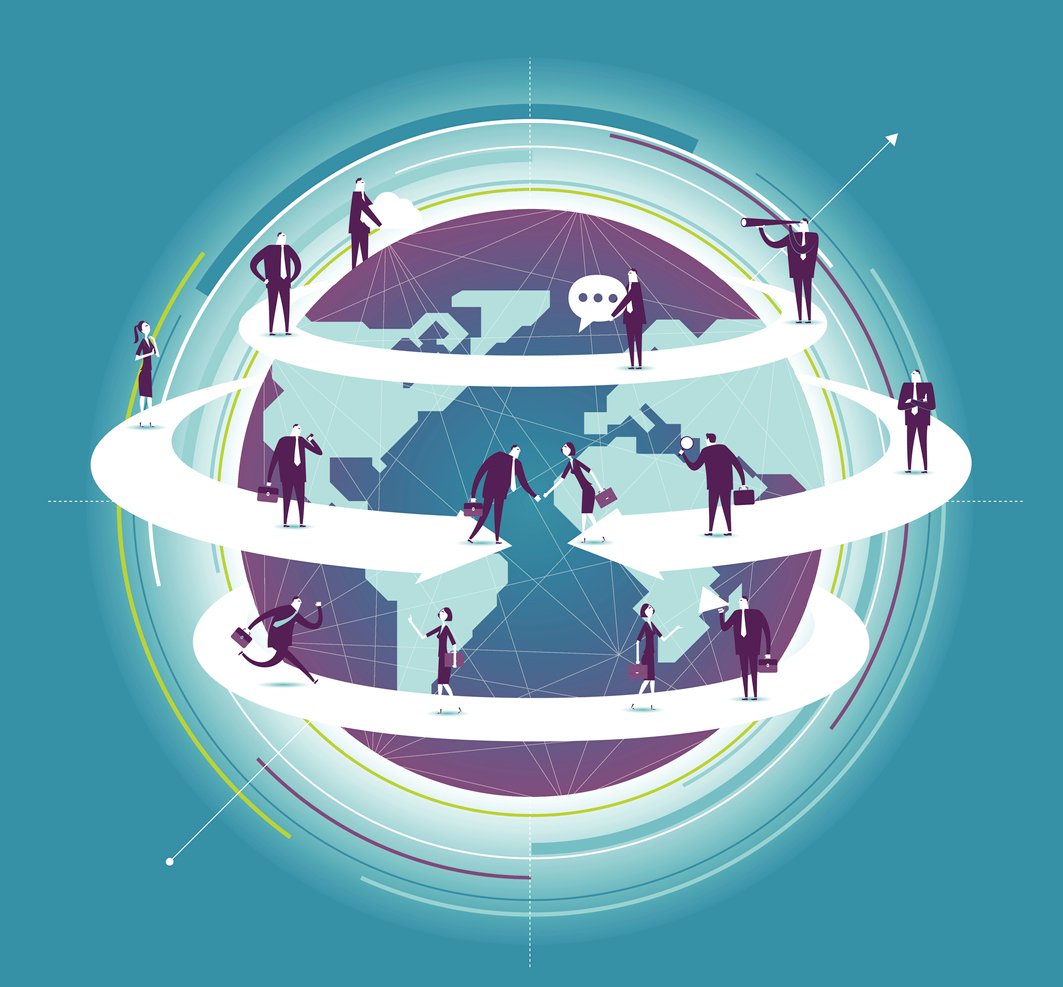3 Ways Blueprint is Changing the Customer Journey Mapping Game
Organizations, no matter their stage of Agile maturity, are buying into the notion that they need to see the world through the eyes of their customers.
How your target persona interacts with your brand, your website, your sales representatives…your product, should inform your business strategy.
There is no denying that in this fast-paced world of digital innovation, customer expectations are changing. Unless you build a strategy that taps into those expectations and maps out how you can best address them, you will be on the losing side of the equation.
Customer journey mapping is a great vehicle to strategize along these lines and prioritize the needs and interests of your customers. In a prior post, we talked about some of the fundamental considerations for successful customer journey mapping. But now that you’re armed with the basics, it makes sense to take a deeper dive and understand how Blueprint can supercharge your customer journey mapping process.
This blog post will cover three ways that Blueprint is changing the customer journey mapping game, so you can win the hearts and minds of your customers and capture increased market share.
1. Make it visual
A famous mathematician once said that “the greatest value of a picture is when it forces us to notice what we never expected to see.” Without visual context, it can be extremely difficult to cut through the noise and truly understand – or see – what a customer wants and needs.
Too often, customer journey maps reside temporarily on whiteboards or on spreadsheets – illegible, stream of consciousness chicken scratch that lacks any meaningful visual context.
Blueprint has robust process modeling capabilities that allow you to automatically and easily build highly visual customer journey maps. These are immediately understood by stakeholders and provide meaningful business context to the Product Owners and Analysts who need to interpret them and decompose them into epics and user stories.
2. Make it last
So much of the Agile planning data that organizations create – the artifacts, epics, user stories, collaborative discussions, value streams, customer journey maps, etc. – ends up being thrown away.
In fact, Atlassian JIRA, one of the leading Agile work management tools, recommends that to create effective customer journey maps, the best practice is to arm your team with pens, paper, sticky notes, and…no joke…a rubber chicken. The whole exercise is meant to be a brainstorming session of sorts, with no consideration given as to where the work product, or customer journey map, will reside once it is completed.
Great idea, in theory – but not a particularly scalable model for a large enterprise (the cost of those rubber chickens can add up!)
Blueprint allows you to persist your customer journey maps, along with all of the associated work product, in a centralized repository, available to all stakeholders, across departments, as needed. These maps can then be reused, or traced in the future, which is a particularly useful exercise when it comes to demonstrating compliance to an auditor who wants to validate that your software meets regulatory requirements.
And as intelligent capabilities and machine learning continue to transform the digital landscape and drive innovation, the criticality of your data cannot be overstated. Only with a robust repository of business planning data, will you be able to leverage these features. In fact, Blueprint offers an intelligent recommendations tool, which is powered by the data stored in a customer’s repository.
3. Make it collaborative
Customers interact with your brand at varying points in their journey. They will touch your organization, your product, and your people in different ways over long stretches of time.
When you build your customer journey maps, it’s important to make sure that different stakeholders within your organization have input and collaborate on the final product.
Blueprint allows for in-line discussions, in real time. At any point in the customer journey,stakeholders can collaborate, share ideas, draw other participants into the discussion and associate the threads with specific artifacts within the journey map.
All of these discussions are persisted and traceable, along with all of the other work data. So, in a year’s time, when you want to understand why a decision was made, you will be able to see the collaborative discussion that ensued along those lines.
This feature is particularly useful for large organizations, where collaboration becomes difficult for teams that are located in different time zones and across continents.
While the first steps in evolving your Agile practice to include customer journeys can be exciting and manageable for small teams, scaling those practices to the enterprise can be materially accelerated with a platform like Blueprint.
To coordinate your demo of Blueprint for customer journey mapping, contact us today.
Share this
Recent Stories

4 Process Improvement Strategies: Modernize, Optimize, Standardize, Automate

SAP Acquires Signavio: What Does That Mean for Signavio Customers?

